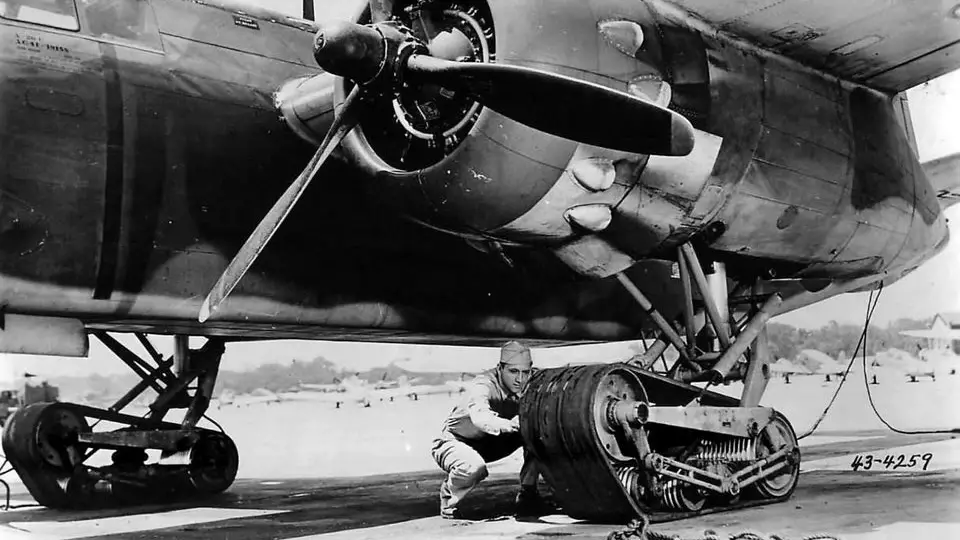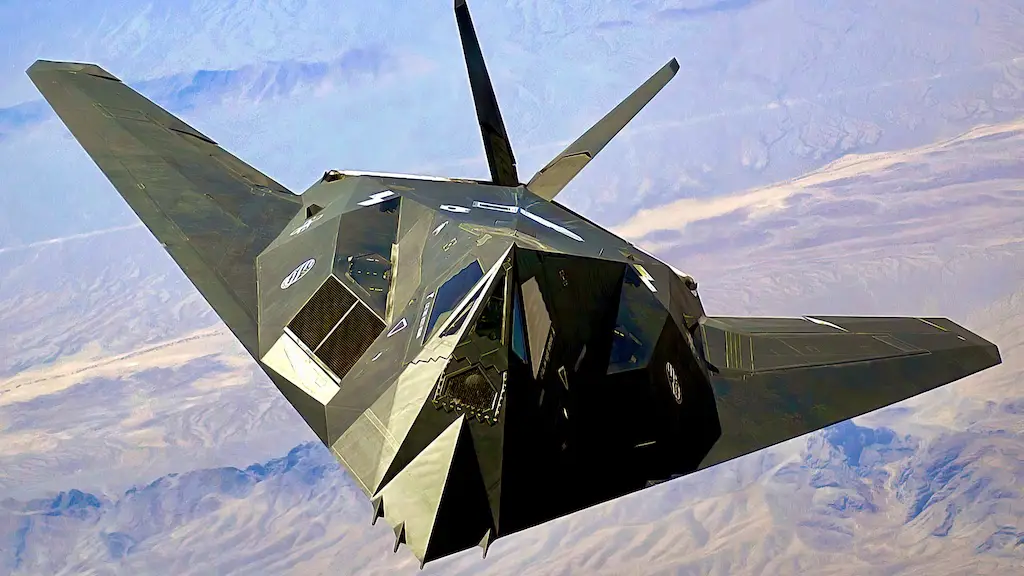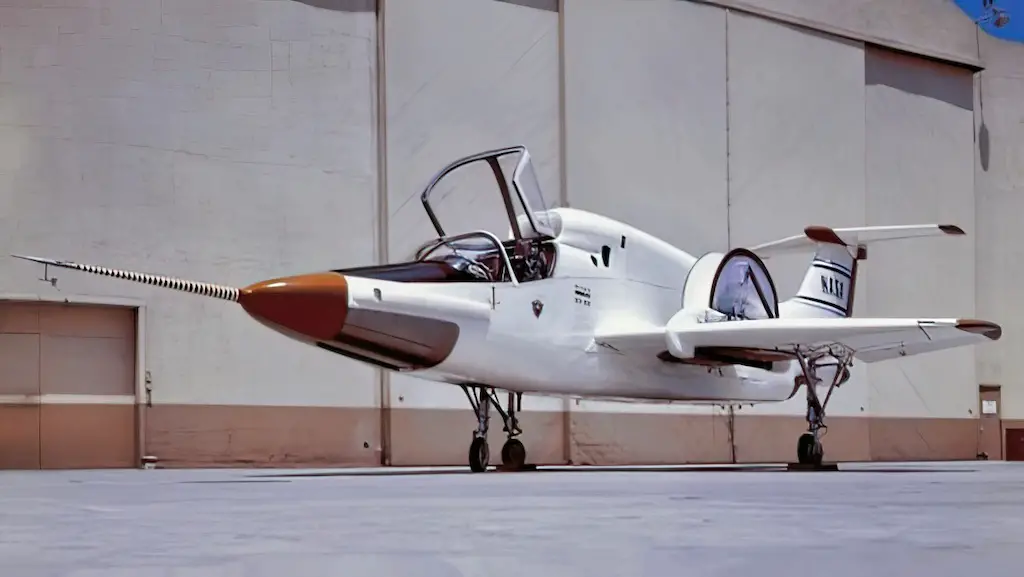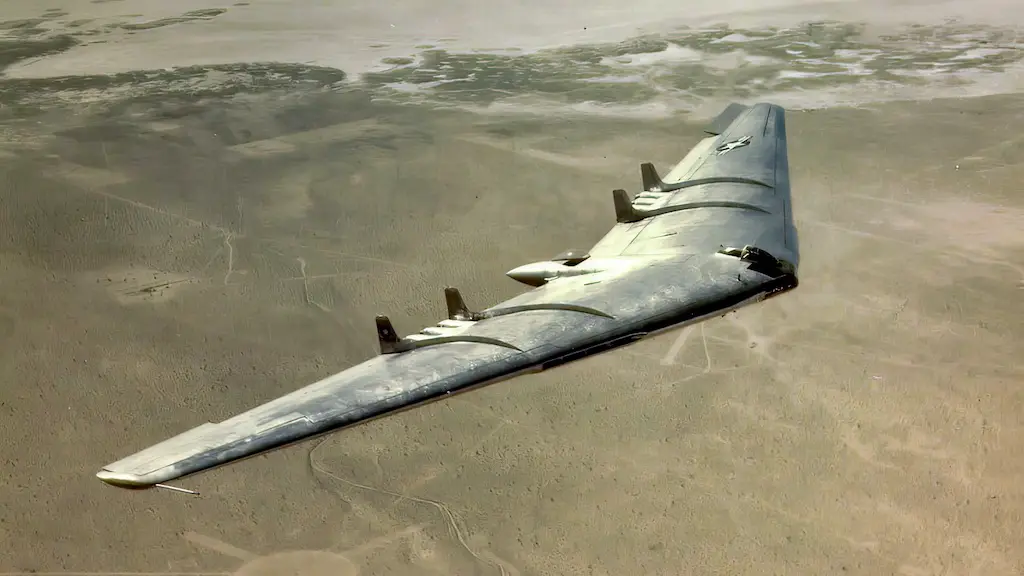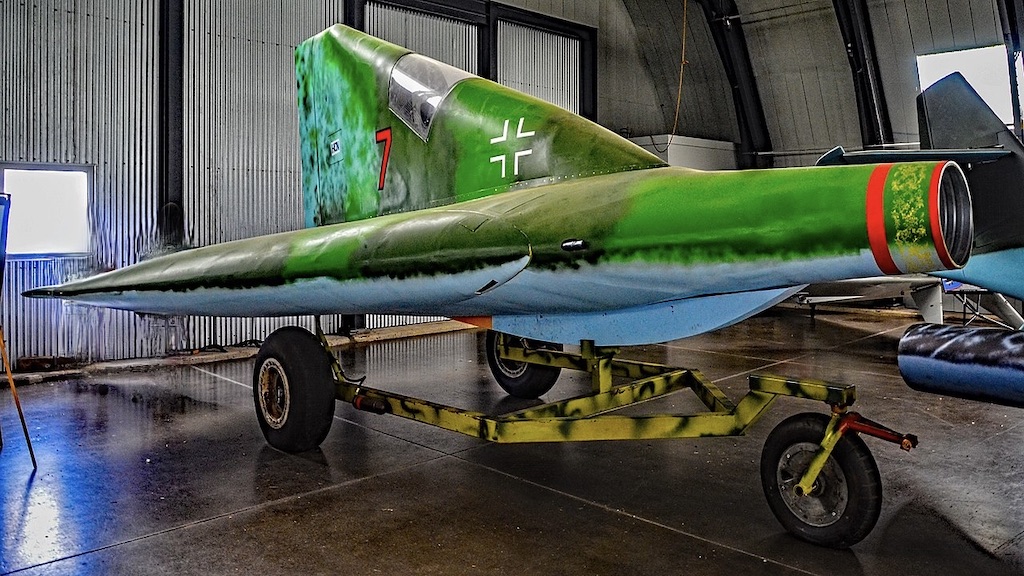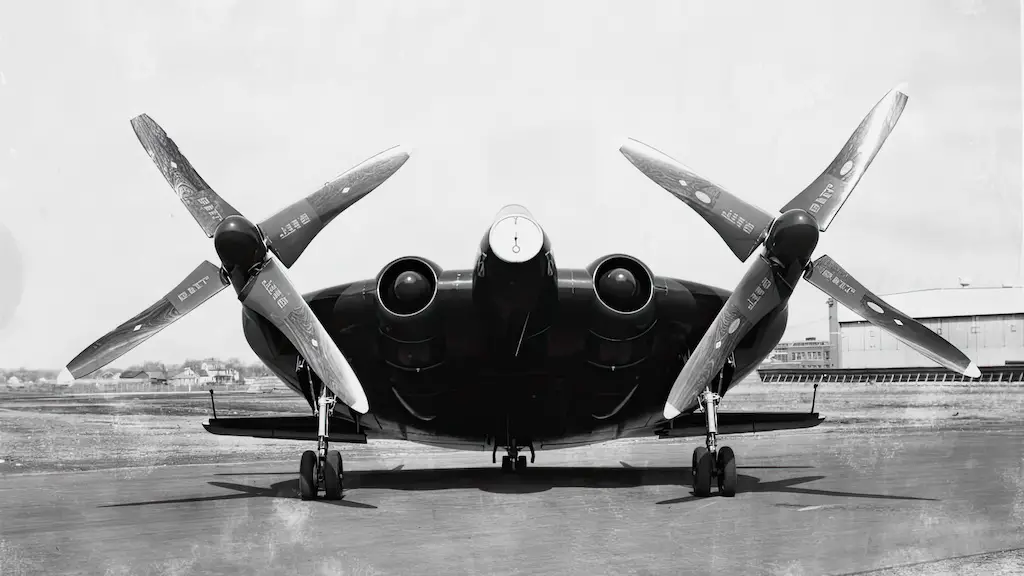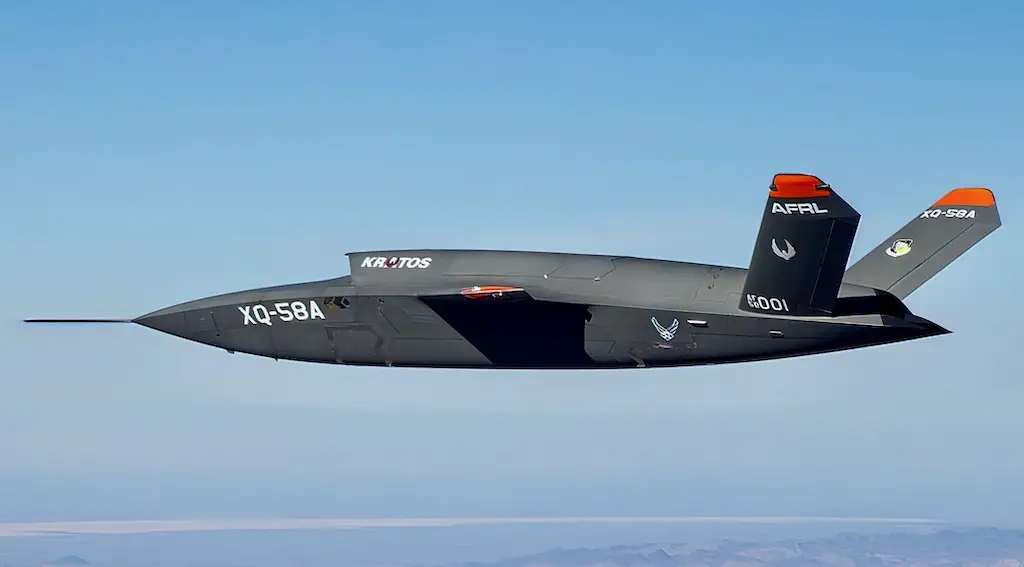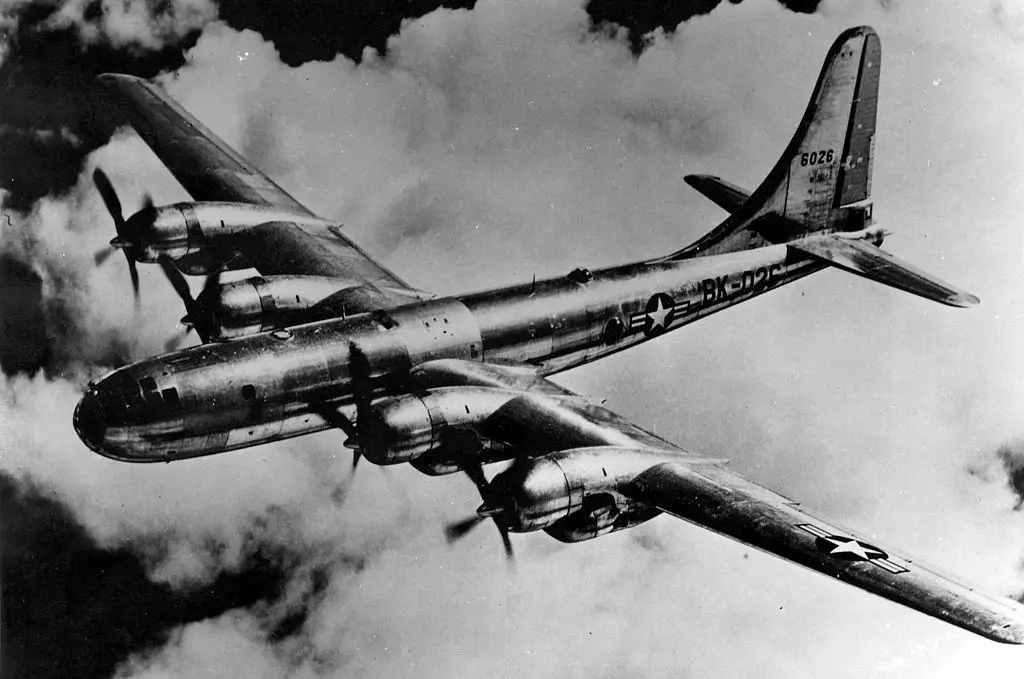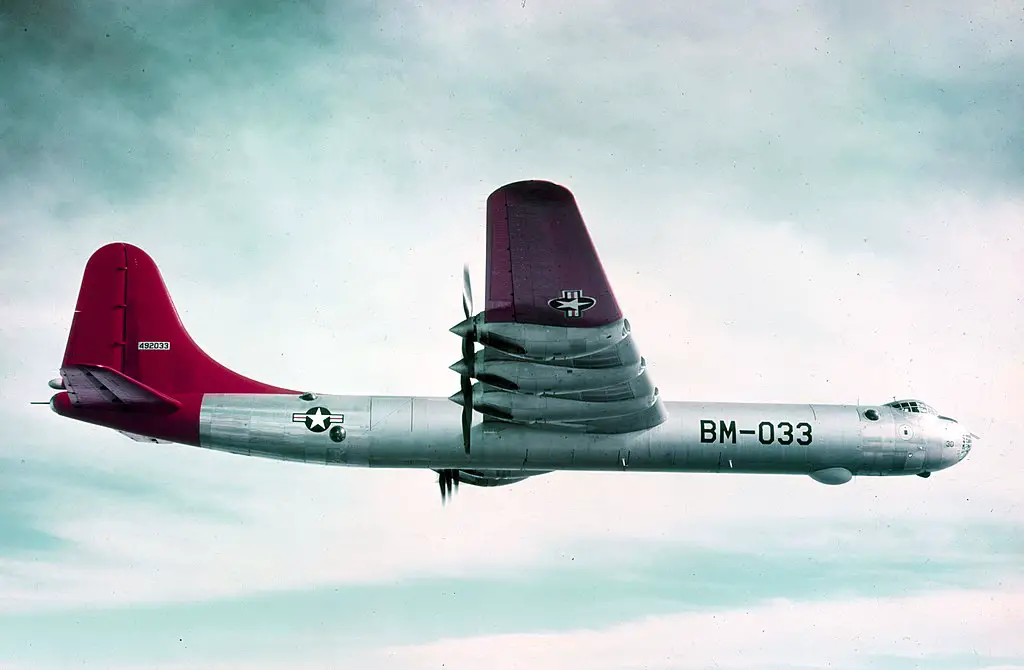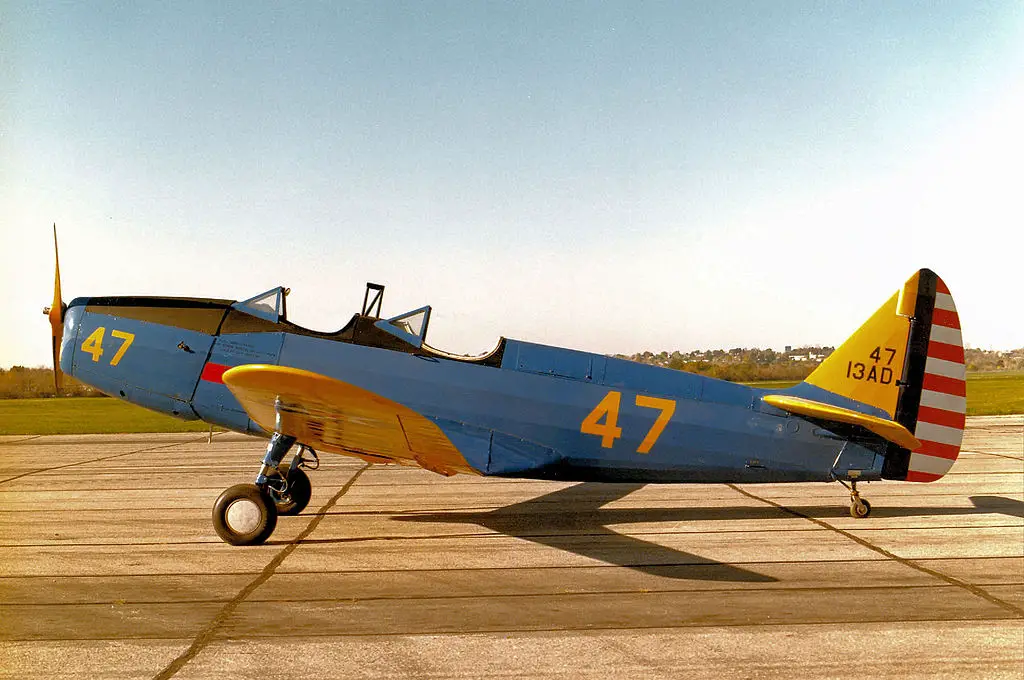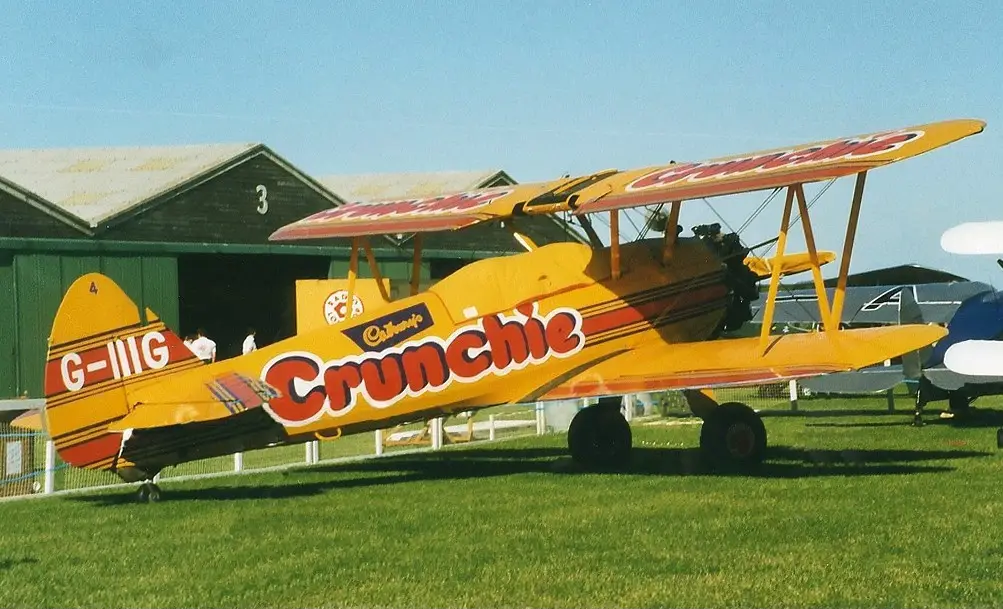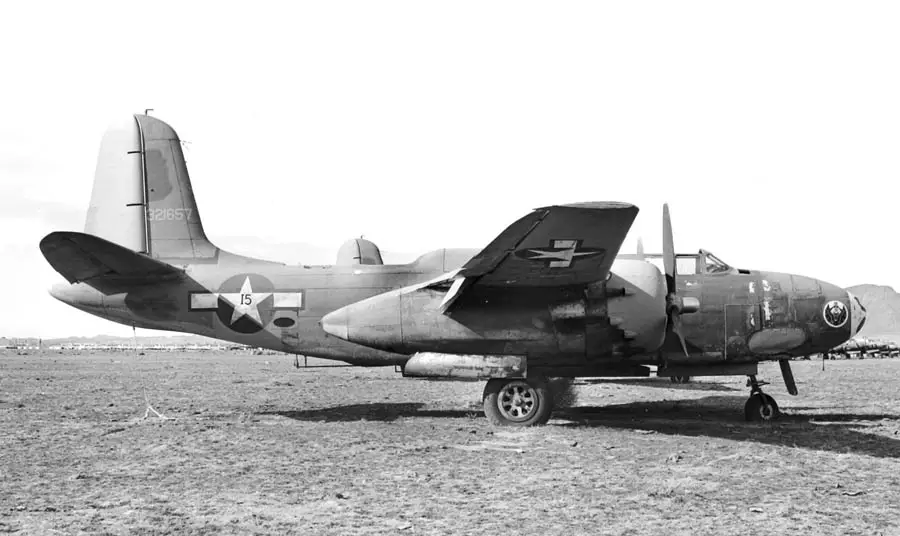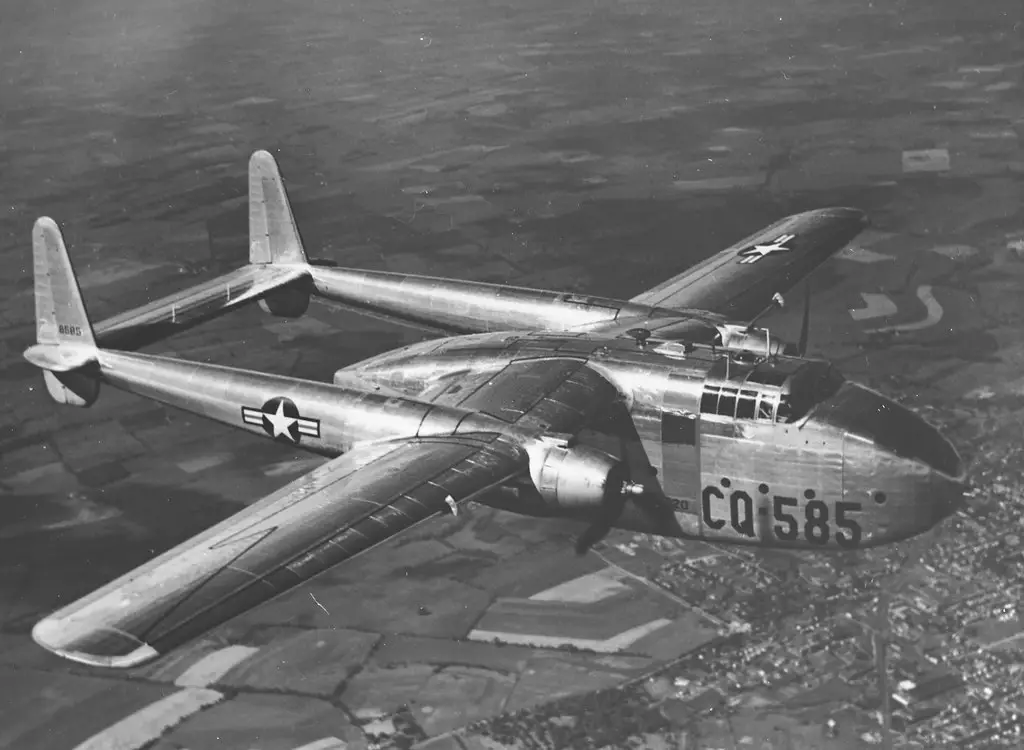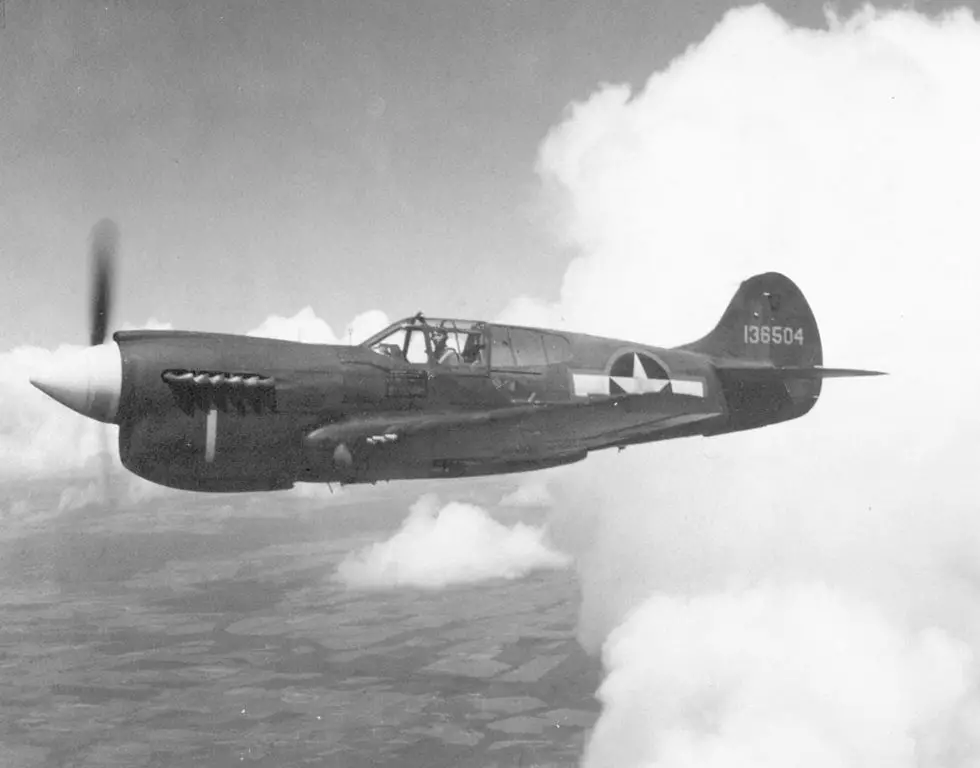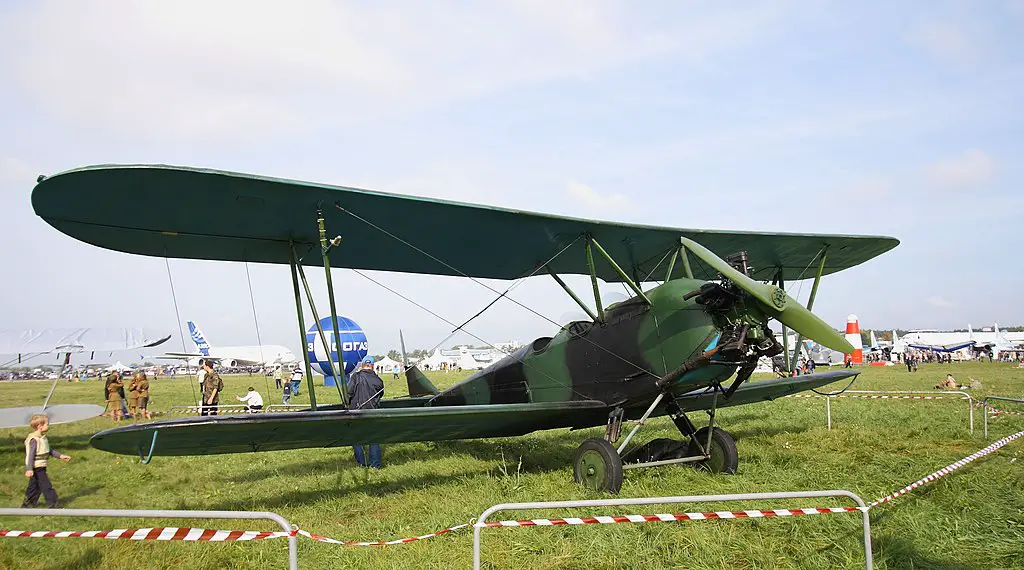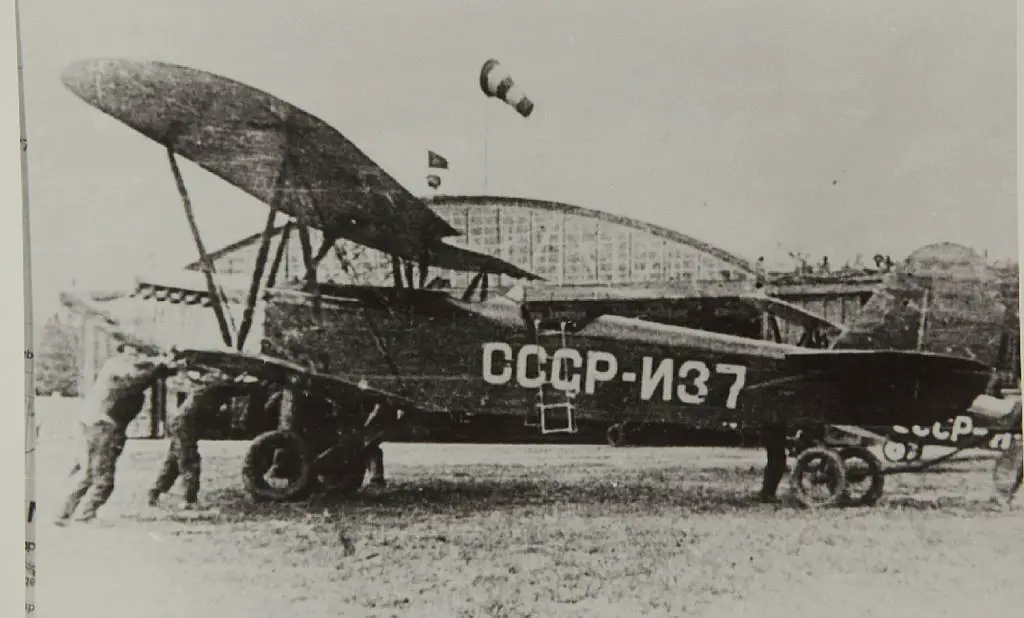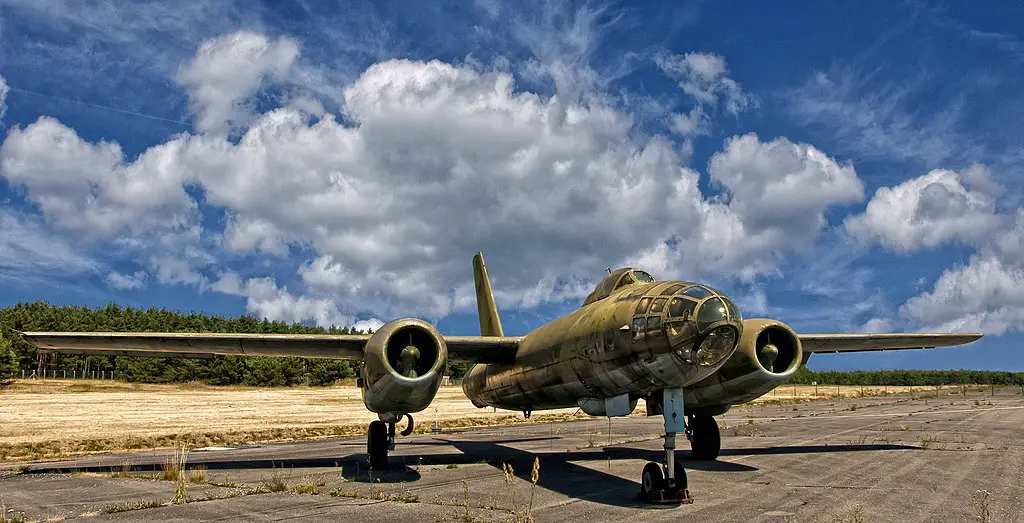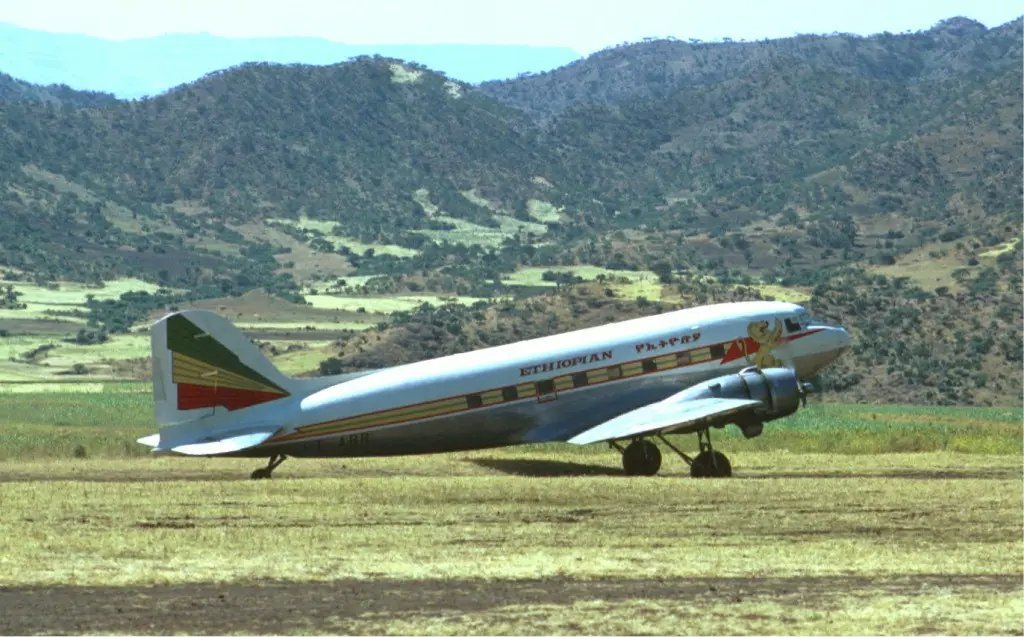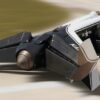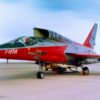Wheeled landing gear are so ubiquitous that some may be totally unaware of other types, such as skis, floats, or air-cushions. But there is one type of landing gear that even some aviation geeks may not have heard of. It is tracked landing gear. Yes, aircraft with caterpillar tracks similar to those used by tanks or bulldozers. The very idea may sound preposterous, but at a certain period in the history of aviation it looked attractive. Aircraft producers tested it on various airplanes from small biplanes to huge intercontinental bombers.
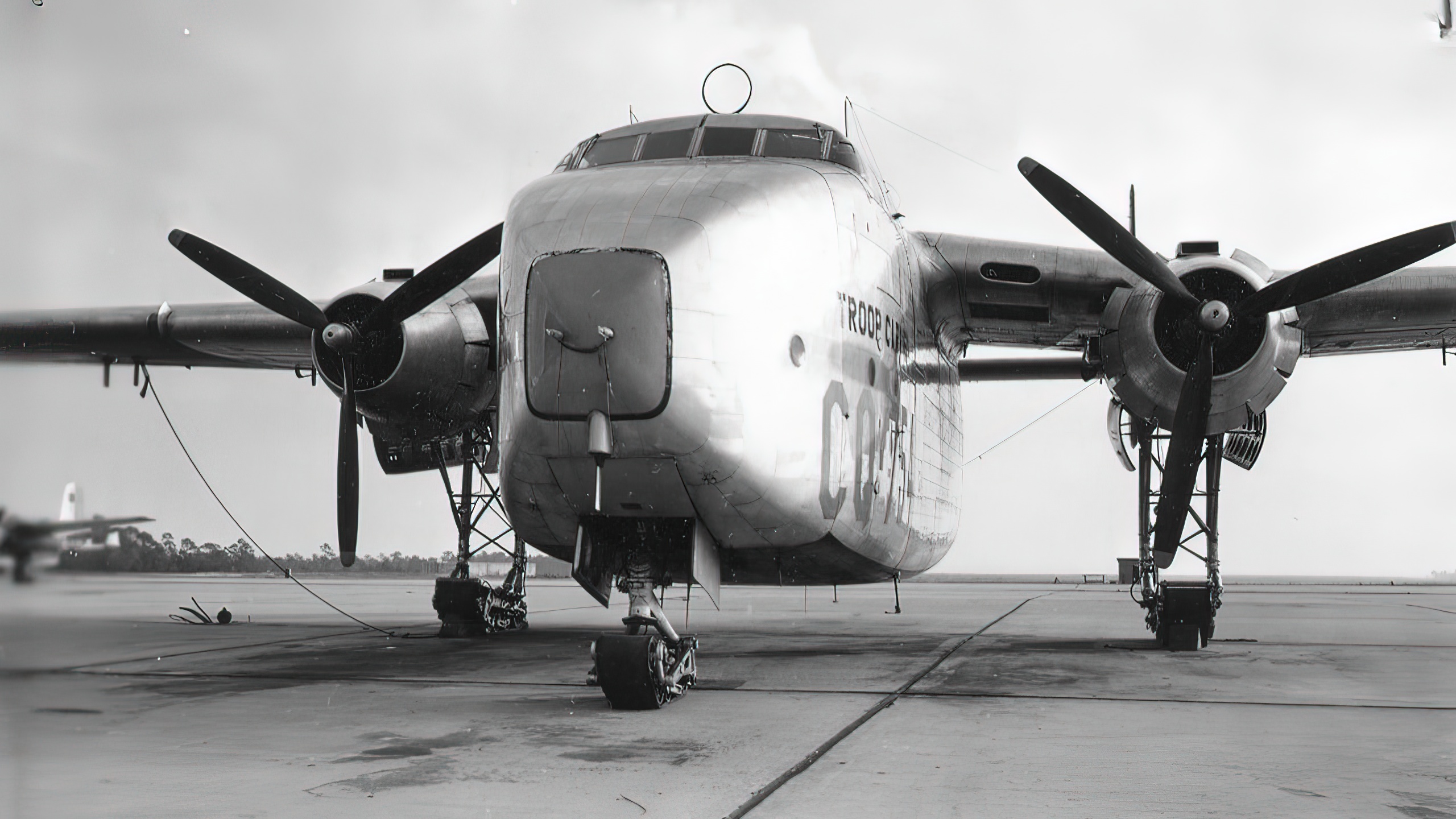
Accommodating the heavyweights
The key reason for the development of tracked landing gear was the need for aircraft that could operate from unprepared surfaces. That was especially true for emerging cohort of heavy bombers, which required especially thick runways due to huge weight they exerted on each square inch of the tarmac under their wheels.
Building heavily reinforced runways in large numbers would be awfully expensive, so another solution was needed. The simplest one was to disperse the weight of the aircraft over a larger surface. And that’s basically what the tank treads had been created for. So, why not apply the tank technology to the aircraft kingdom?
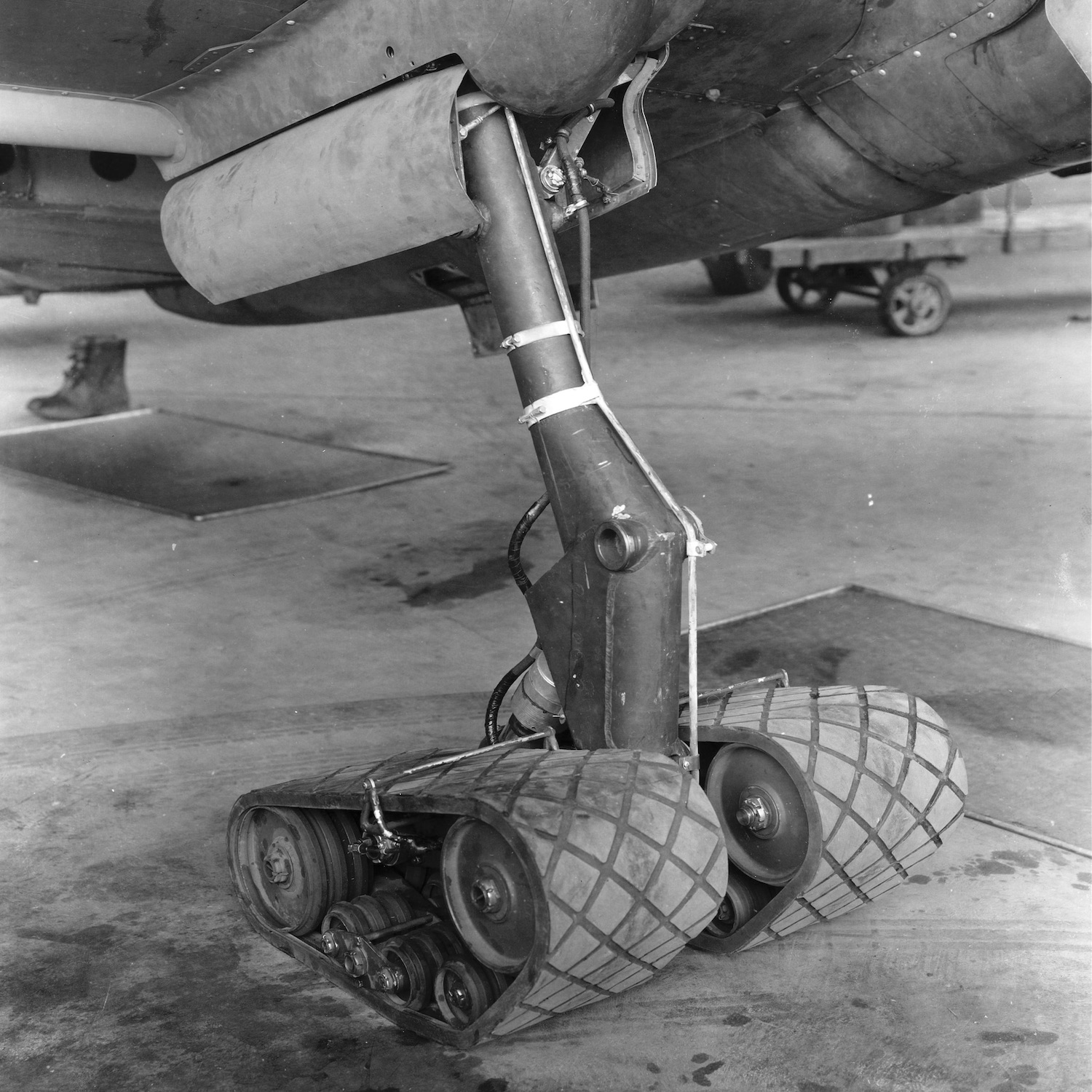
Testing on mice phase
The design of first US track landing gear was ready by early 1942. It featured an air-inflated belt, two main rollers with brakes, two smaller auxiliary rollers, and an idler. At first it was tested on small trainer aircraft, such as Fairchild PT-19 and Stearman PT-17. For the next five years it was extensively tested on Douglas A-20 Havoc medium bomber.
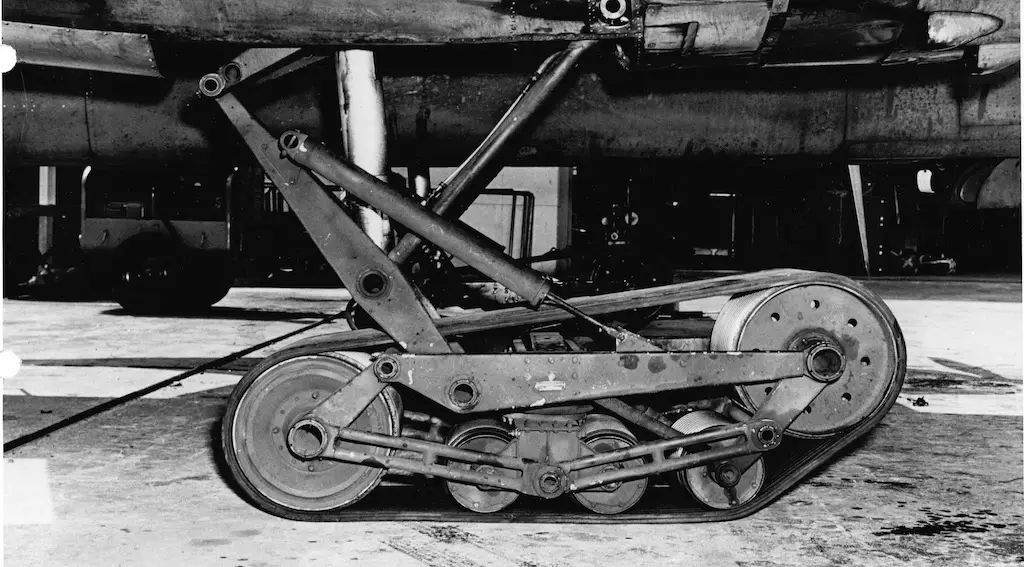
The results of tests on all these aircraft were deemed satisfactory. Some Fairchild C-82 Packets with tracks were manufactured as well, but their operation produced mixed results. A track gear was also developed for Curtiss P-40 fighter for operation from sandy beaches. The latter’s tests were not very successful, though.
Behemoths try on new shoes
Finally, it came to testing tank-treads-like gear on the largest long-range bombers in current US inventory. First, on Boeing B-50 Superfortress and then on Convair B-36 Peacemaker. Tracks developed for the B-50 didn’t prove very useful and required high maintenance. So, by 1950 Boeing discontinued the testing program.
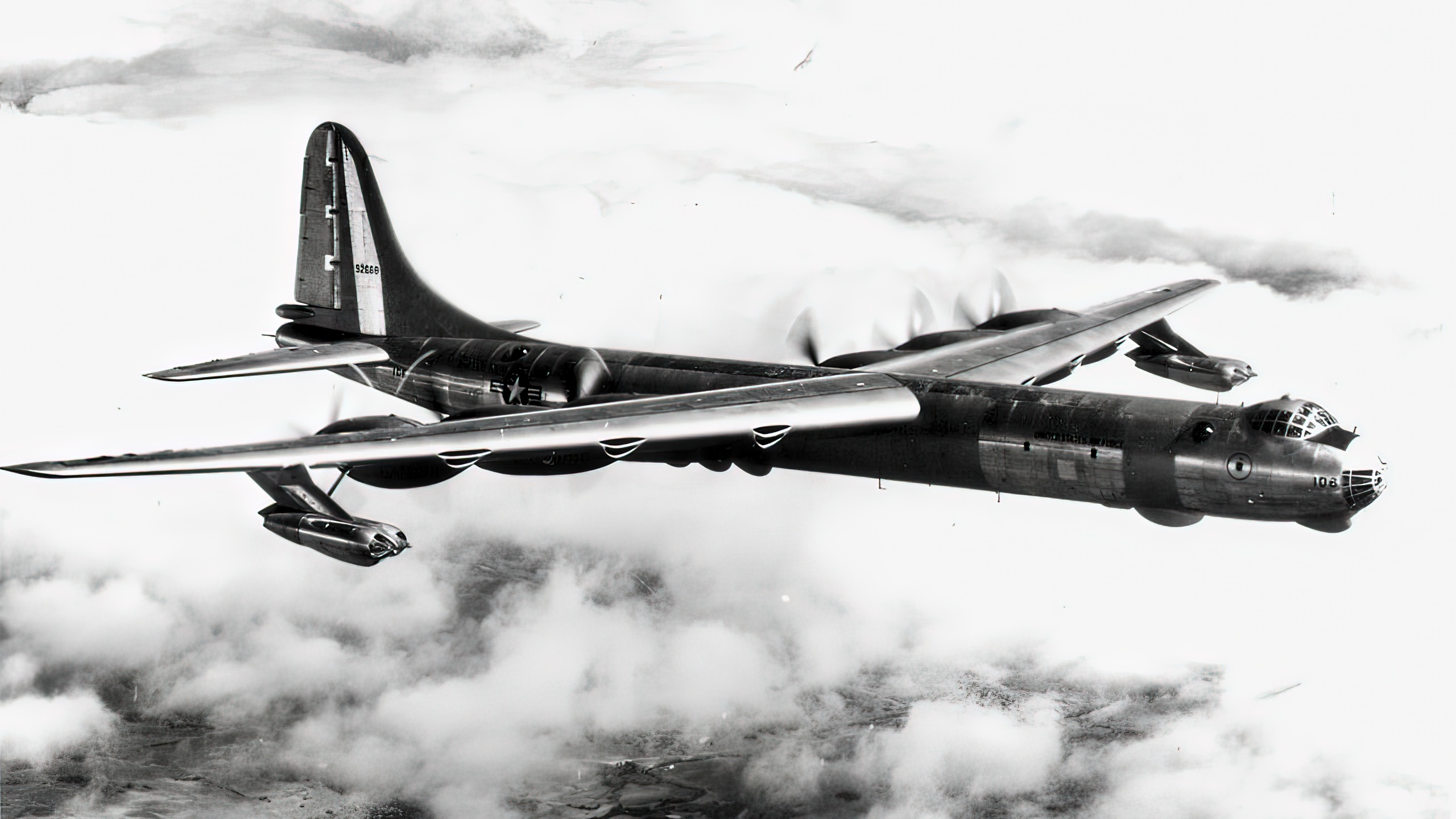
B-36 was among the largest and heaviest aircraft ever operated by the US Air Force. With a maximum takeoff weight of 410,000 lb, it exerted huge pressure on the runways and in the worst case scenario its landing gear could actually sink into the concrete. That made the use of tracks especially topical issue for the B-36.
The track gear developed for the B-36 exerted three times lesser weight per square inch as compared to the wheeled variant. It was also the largest such system ever installed on an aircraft. Testing began in early 1950. The taxiing tests went more or less smoothly, but actual flying with that gear happened only once.
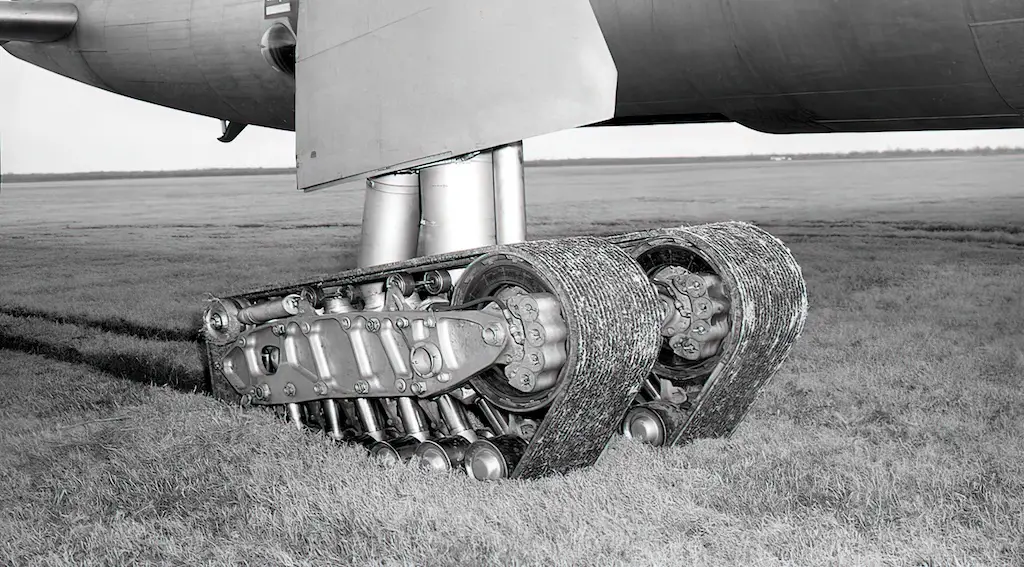
The takeoff roll was very rough and noisy and on the landing roll parts of the gear got scattered in a trail behind the bomber. Despite the initial appeal of the idea, practice proved that such system wasn’t a viable option for heavy aircraft with high takeoff and landing speeds. The project was abandoned, and to improve the weight to surface ratio production versions of B-36 received several smaller wheels under each wing instead of initial single large ones.

